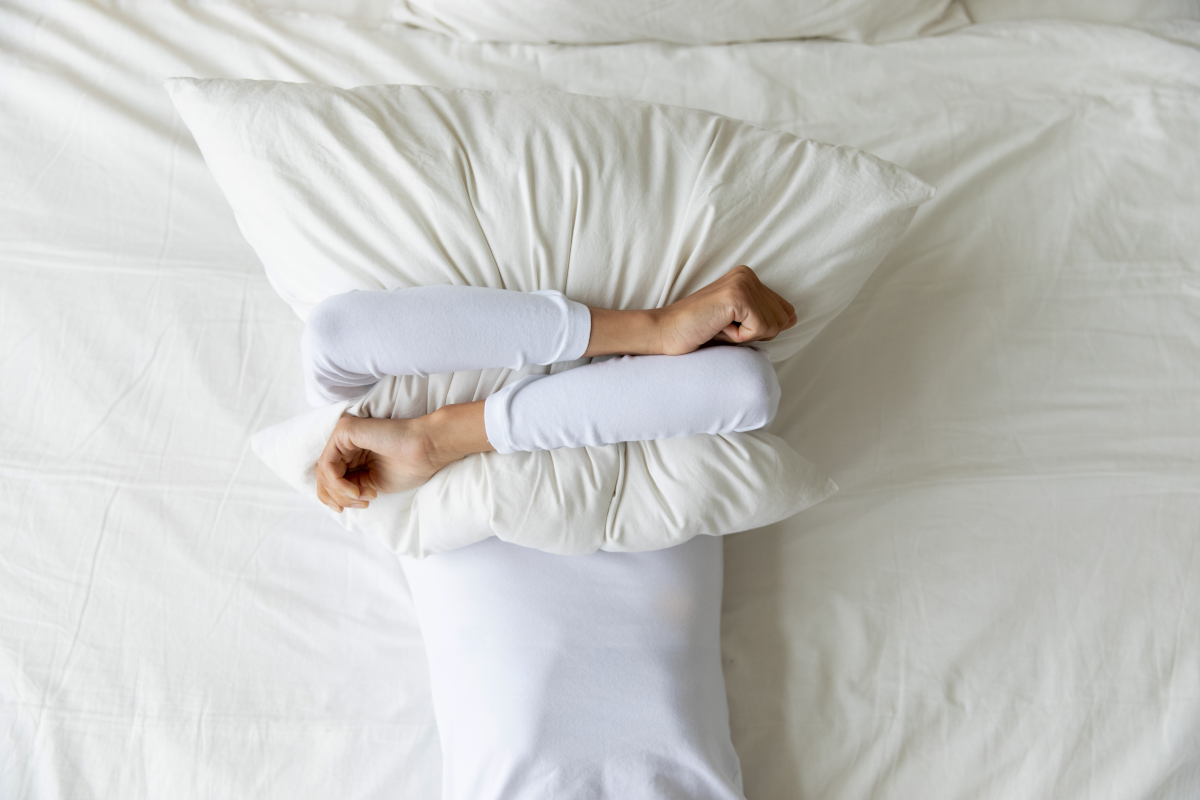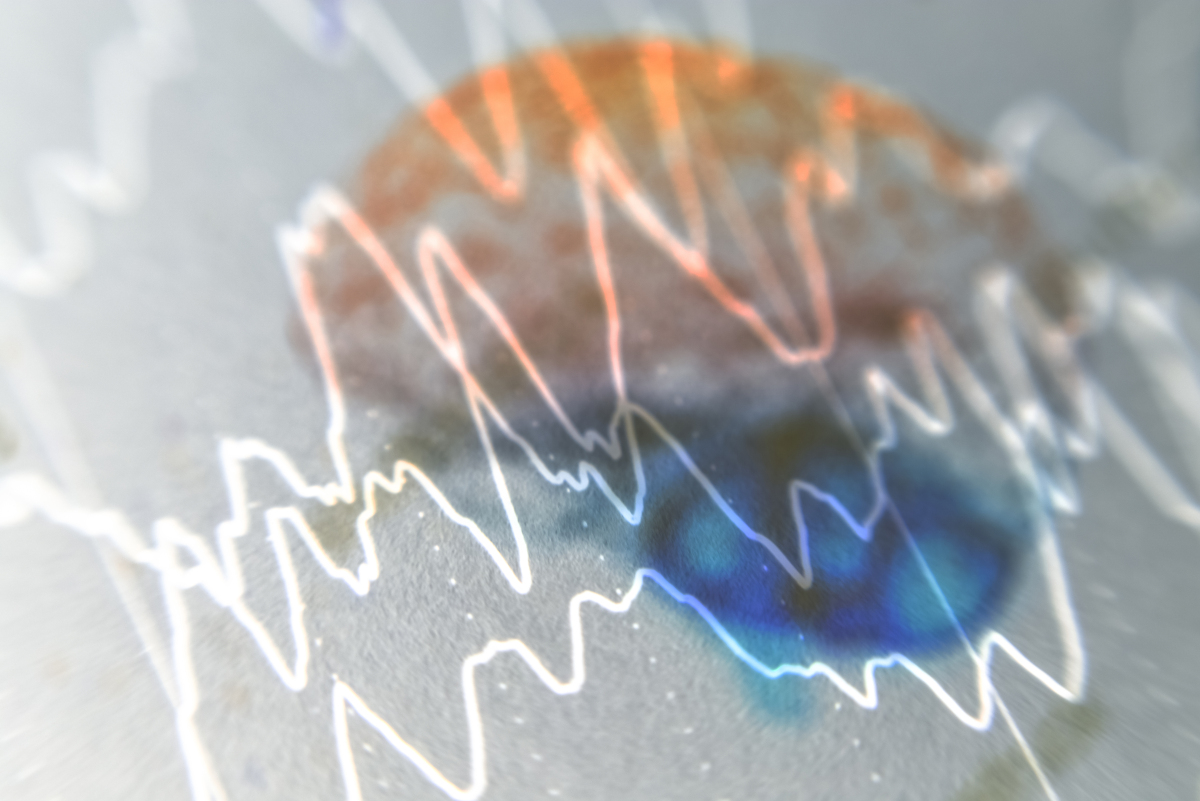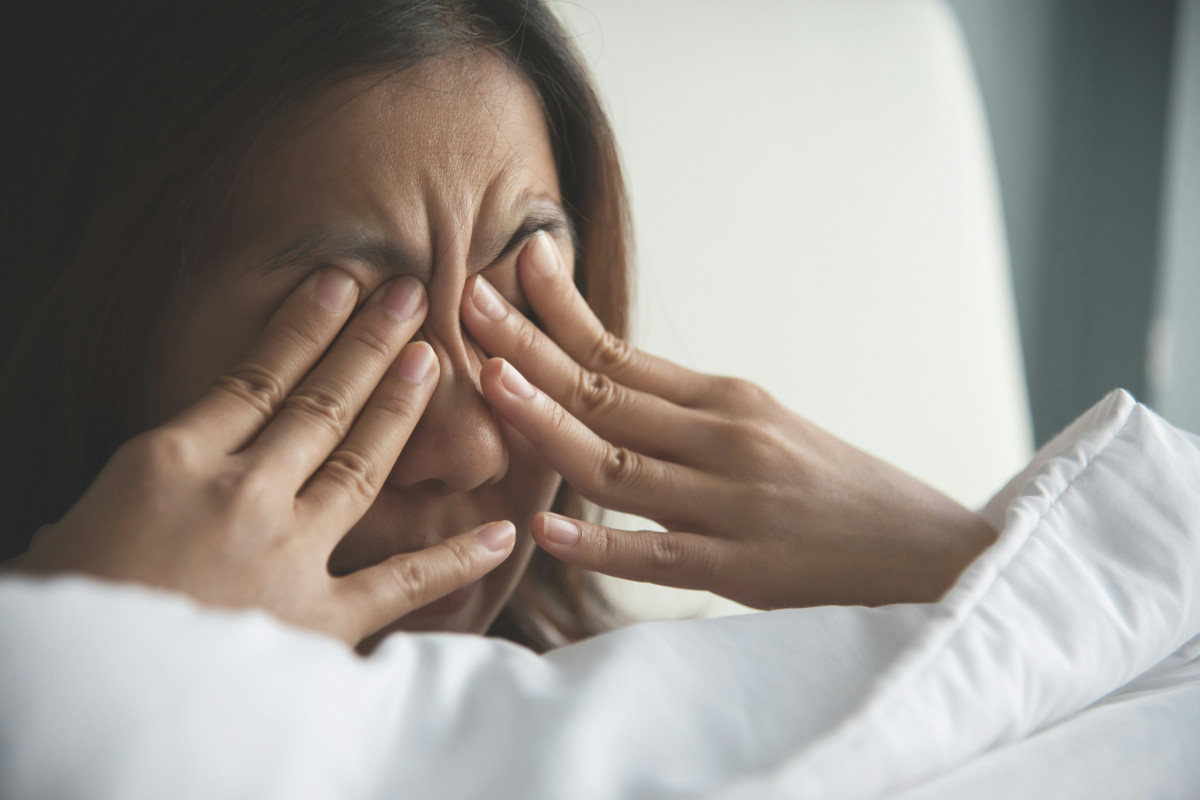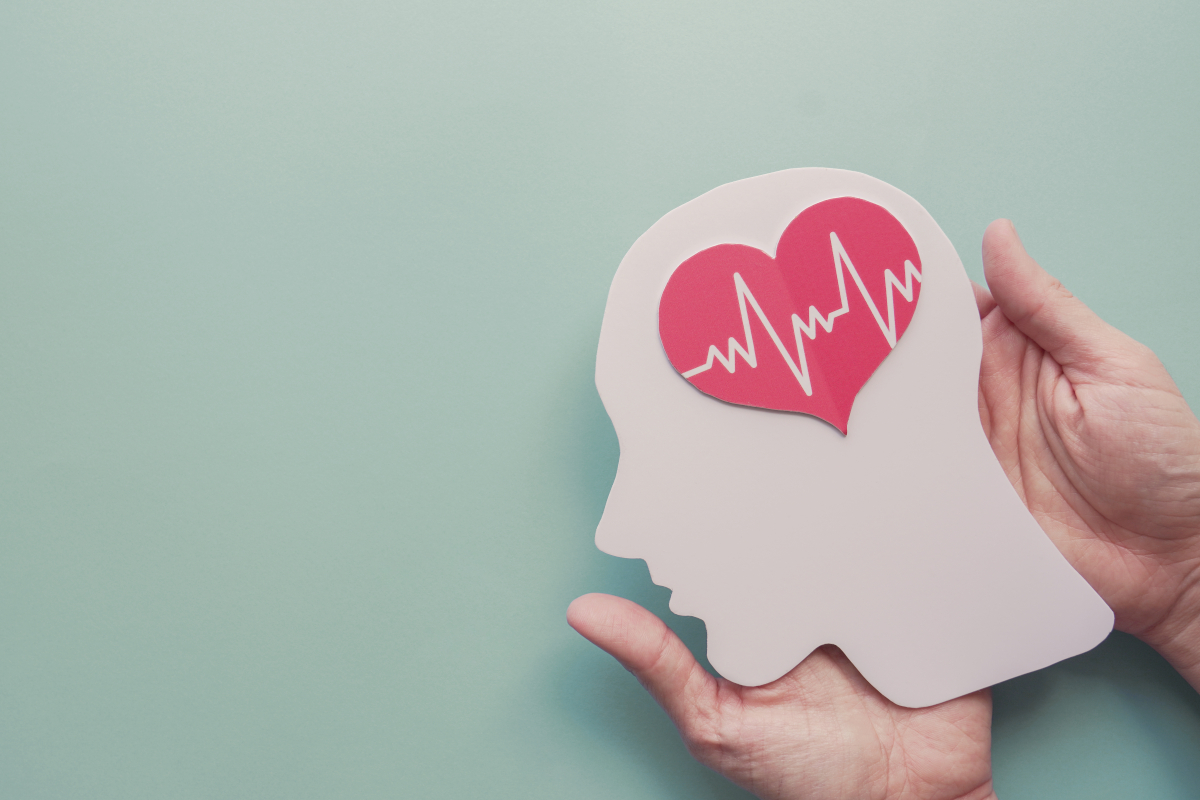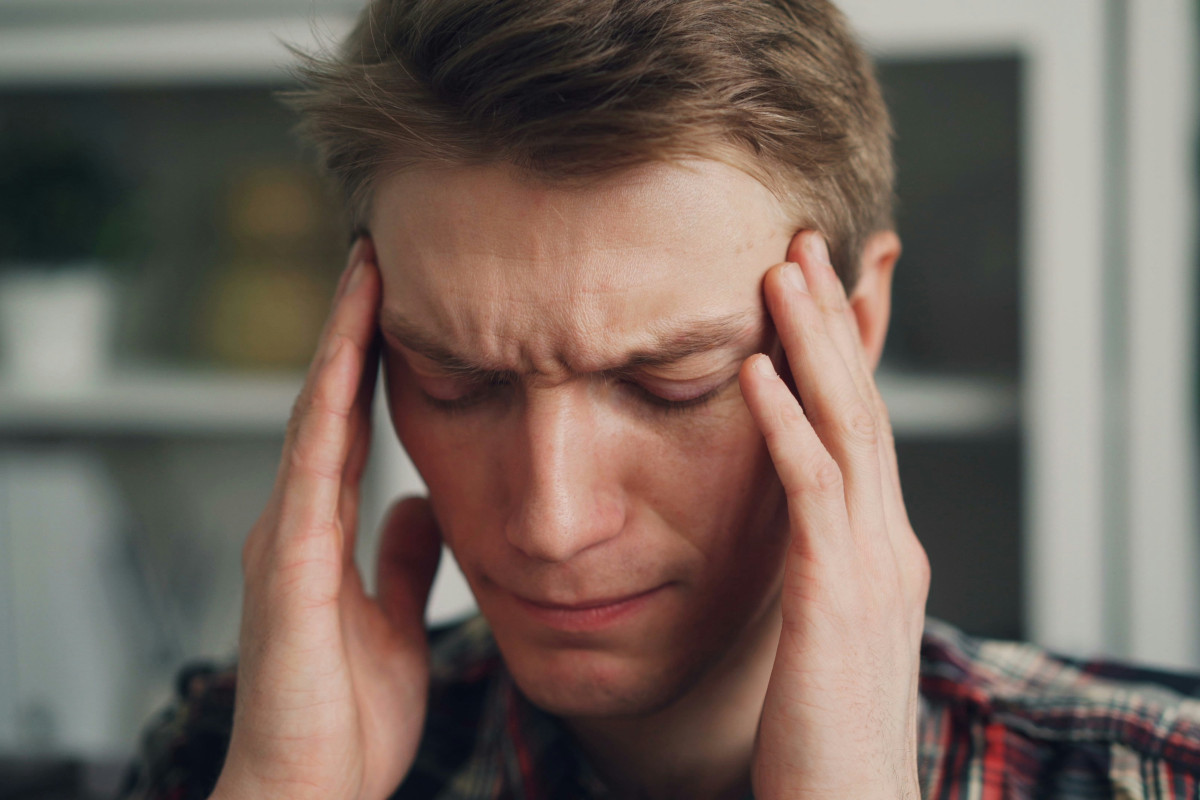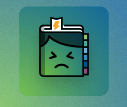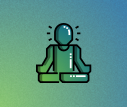Kopfschmerz und Migräne – Beschäftigte in Schichtarbeit sind besonders betroffen
Die meisten Menschen sind von Natur aus darauf eingestellt, dass die verschiedenen Tätigkeiten und Ereignisse eines Tages in einer stets gleichbleibenden Abfolge angeordnet sind. Man spricht in diesem Zusammenhang von einer sogenannten zirkadianen, wörtlich also etwa „auf einen Tag ausgerichteten“ Rhythmik. Diese Grundeinstellung spiegelt sich in zahlreichen Vorgängen in unserem Körper wider, etwa bei Gehirnaktivität, Blutdruck, Hormonproduktion oder Körpertemperatur. Auch unsere Schlaf-Wach-Zeiten sind Teil dieser fein justierten Abstimmung.
-
Quellenangaben
Appel AM, Török E, Jensen MA, et al. The longitudinal association between shift work and headache: results from the Danish PRISME cohort [published online ahead of print, 2020 Jan 11]. Int Arch Occup Environ Health. 2020;10.1007/s00420-019-01512-6. doi:10.1007/s00420-019-01512-6
Bjorvatn B, Pallesen S, Moen BE, Waage S, Kristoffersen ES. Migraine, tension-type headache and medication-overuse headache in a large population of shift working nurses: a cross-sectional study in Norway. BMJ Open. 2018 Nov 18;8(11):e022403. doi: 10.1136/bmjopen-2018-022403.
Castanon-Cervantes O, Wu M, Ehlen JC, et al. Dysregulation of inflammatory responses by chronic circadian disruption. J Immunol. 2010;185(10):5796-5805. doi:10.4049/jimmunol.1001026
Dall'Ora C, Ball J, Recio-Saucedo A, Griffiths P. Characteristics of shift work and their impact on employee performance and wellbeing: A literature review. Int J Nurs Stud. 2016;57:12-27. doi:10.1016/j.ijnurstu.2016.01.007
Hittle BM, Gillespie GL. Identifying shift worker chronotype: implications for health. Ind Health. 2018;56(6):512-523. doi:10.2486/indhealth.2018-0018
Kervezee L, Cuesta M, Cermakian N, Boivin DB. Simulated night shift work induces circadian misalignment of the human peripheral blood mononuclear cell transcriptome. Proc Natl Acad Sci U S A. 2018;115(21):5540-5545. doi:10.1073/pnas.1720719115
Kervezee L, Kosmadopoulos A, Boivin DB. Metabolic and cardiovascular consequences of shift work: The role of circadian disruption and sleep disturbances. Eur J Neurosci. 2020;51(1):396-412. doi:10.1111/ejn.14216
Kourakos, Michael. Mental health and coping strategies among nursing staff in public health services. Progress in Health Sciences. 2017 Dec;7:67-73. doi: 10.5604/01.3001.0010.7852
Lin KC, Huang CC, Wu CC. Association between stress at work and primary headache among nursing staff in Taiwan. Headache. 2007 Apr;47(4):576-84.
Loef B, Nanlohy NM, Jacobi RHJ, et al. Immunological effects of shift work in healthcare workers. Sci Rep. 2019;9(1):18220. Published 2019 Dec 3. doi:10.1038/s41598-019-54816-5
Matheson A, O'Brien L, Reid JA. The impact of shiftwork on health: a literature review. J Clin Nurs. 2014;23(23-24):3309-3320. doi:10.1111/jocn.12524
Nagai M, Morikawa Y, Kitaoka K, et al. Effects of fatigue on immune function in nurses performing shift work. J Occup Health. 2011;53(5):312-319. doi:10.1539/joh.10-0072-oa
Nakata A, Haratani T, Takahashi M, et al. Association of sickness absence with poor sleep and depressive symptoms in shift workers. Chronobiol Int. 2004;21(6):899‐912. doi:10.1081/cbi-200038104
Paganelli R, Petrarca C, Di Gioacchino M. Biological clocks: their relevance to immune-allergic diseases. Clin Mol Allergy. 2018;16:1. Published 2018 Jan 10. doi:10.1186/s12948-018-0080-0
Sandoe CH, Sasikumar S, Lay C, Lawler V. The Impact of Shift Work on Migraine: A Case Series and Narrative Review. Headache. 2019;59(9):1631‐1640. doi:10.1111/head.13622
Viticchi G, Falsetti L, Pettinari P, Provinciali L, Silvestrini M, Bartolini M. Headache in a population of hospital workers. Neurol Sci. 2014 May;35 Suppl 1:157-8. doi: 10.1007/s10072-014-1759-8.


